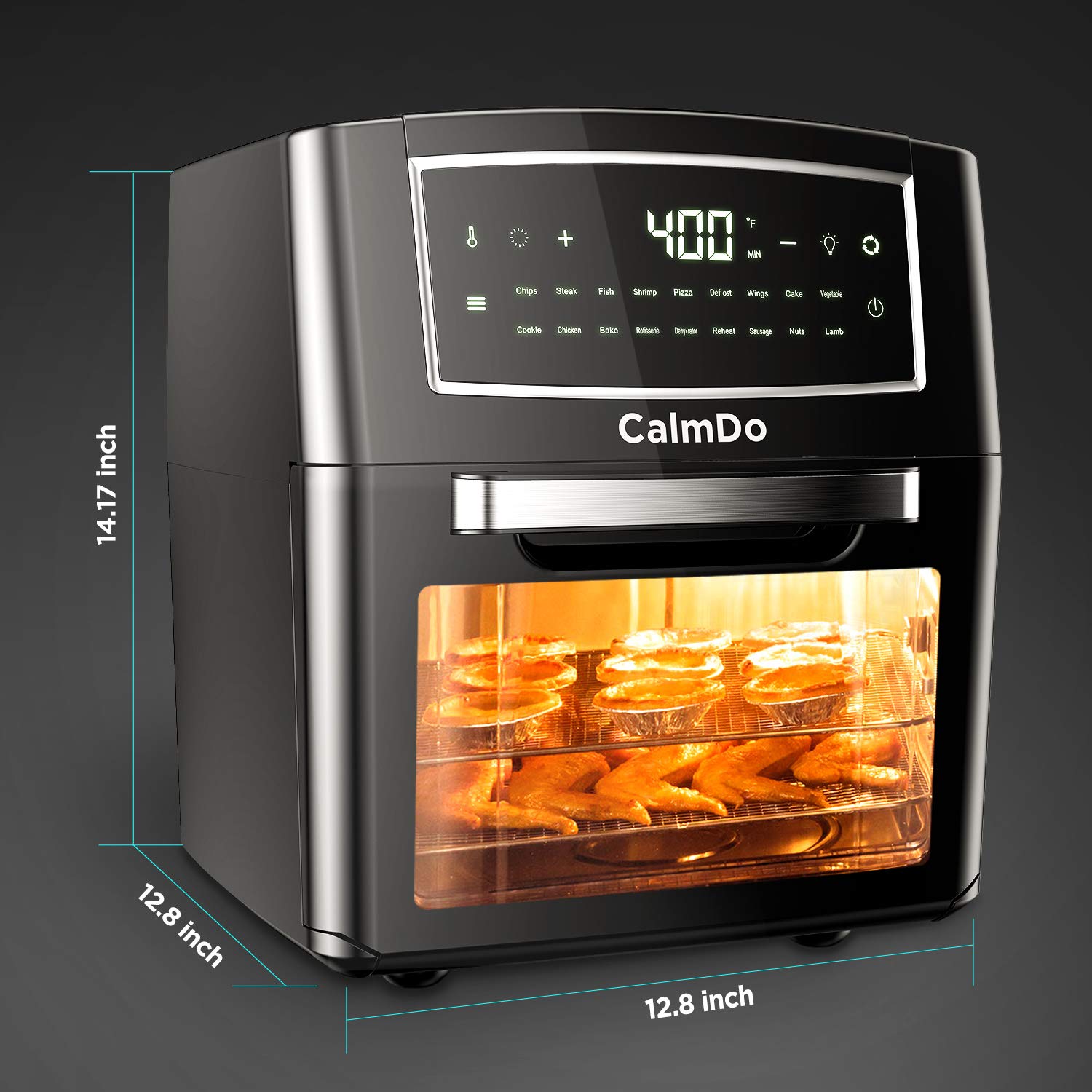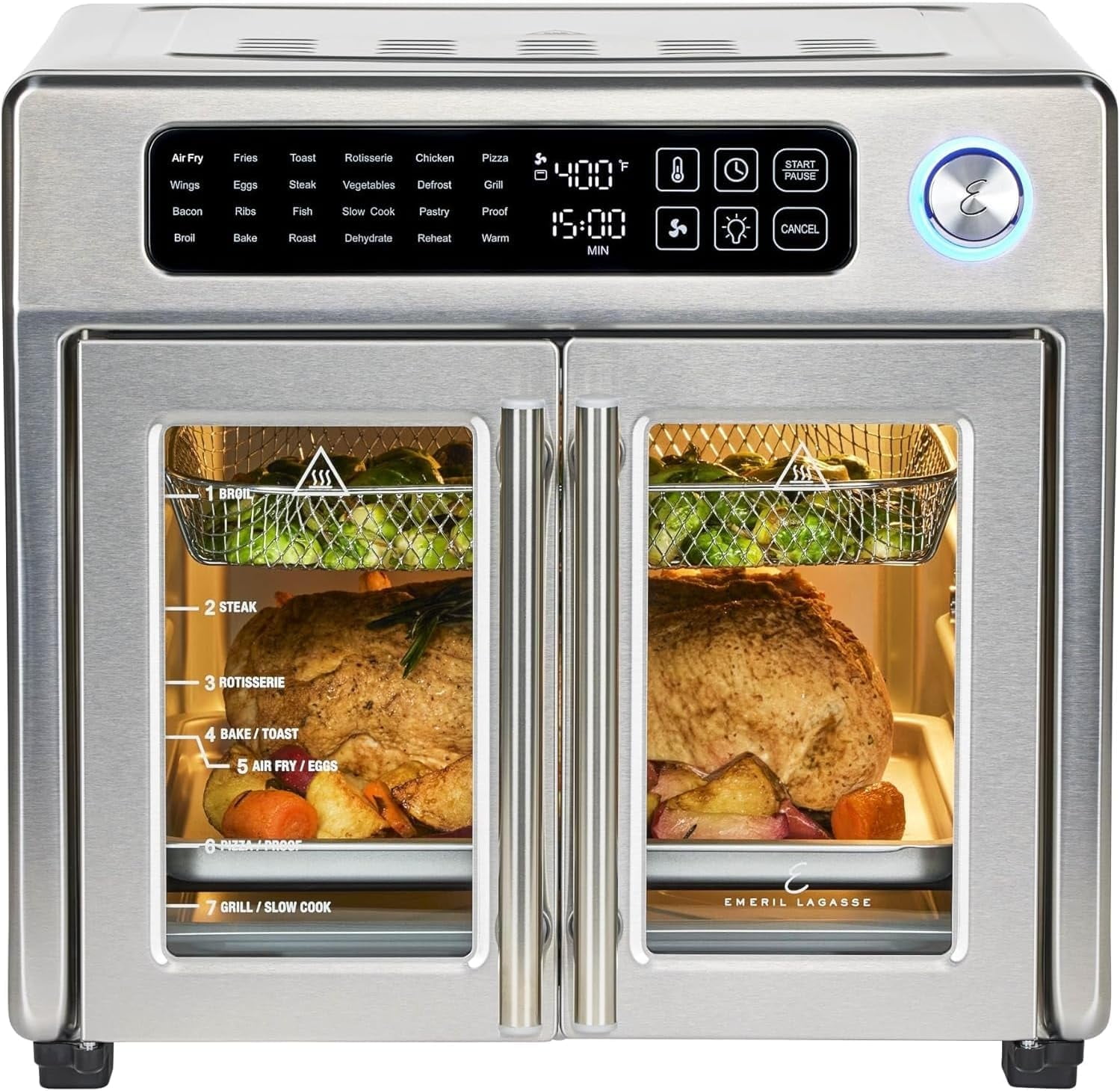It’s a familiar morning scene. You’re craving a perfectly golden-brown slice of toast, you pop it in, press down the lever, and… thwack. It pops right back up. You try again. Same result. Frustration mounts. Before you consider launching your appliance across the kitchen, you might flip it over and notice a small, inconspicuous button. This leads to the million-dollar question: What Is The Reset Button on my toaster, and can it save my breakfast? You’ve come to the right place. As the experts at Toaster World, we’re here to demystify this feature and get you back to toasting.
Let’s be honest, most of us just expect our toasters to work. But that little button is actually a brilliant and crucial safety feature. It’s not there for when you’ve “made a mistake” with your browning settings; it’s a manual override for an internal safety mechanism.

So, What Exactly Is the Toaster Reset Button?
The reset button on a toaster is a safety feature connected to an internal thermal cutoff switch. Its primary job is to protect the appliance from overheating or short-circuiting. If the internal temperature gets too high or a short occurs, the switch trips, cutting power to the heating elements and the mechanism that holds the lever down.
Think of it like a circuit breaker in your home’s electrical panel. When there’s a power surge, the breaker trips to prevent damage to your electronics and avoid a potential fire. The toaster’s thermal switch does the same thing on a smaller scale. The what is the reset button question is really a question about your toaster’s self-preservation instinct. Pressing it physically resets this internal switch, allowing the electrical circuit to be completed again so you can get back to toasting.
Why Did My Toaster Need a Reset in the First Place?
Okay, so it’s a safety feature. But why did it trip? A toaster’s safety switch doesn’t just activate for no reason. Understanding the root cause is key to preventing it from happening again. Here are the most common culprits.
The Number One Suspect: A Full Crumb Tray
This is, without a doubt, the most frequent cause. Over time, that slide-out tray at the bottom of your toaster becomes a collection point for, well, crumbs. When this tray overflows, crumbs can build up inside the toaster’s main chassis. These tiny bits of bread can get dangerously close to the heating elements, smolder, and sometimes even ignite. This spike in temperature is exactly what the thermal switch is designed to detect. It shuts everything down to prevent a fire.
“In my two decades as an appliance technician, I’d say 90% of calls about a ‘broken’ toaster that won’t stay down are solved by one simple action: emptying the crumb tray. It’s the most overlooked and most important piece of toaster maintenance.”
- David Chen, Lead Appliance Technician
A Piece of Jammed Toast or Bagel
Ever tried to cram a thick slice of artisan sourdough or a bulky bagel into a standard toaster slot? If a piece of bread gets wedged against the heating elements, it can cause a localized hot spot. The toaster’s internal sensors detect this abnormal temperature rise and, you guessed it, trip the safety switch. This prevents the bread from catching fire and damaging the appliance.
General Overheating
Sometimes, the issue is simply overuse. If you’re making several batches of toast back-to-back for a big family breakfast, the toaster might not have enough time to cool down between cycles. This continuous operation can raise the internal temperature to a point where the safety switch is triggered as a precaution.
How to Use the Reset Button: A Step-by-Step Guide
Found the button? Great. But don’t just jab it and hope for the best. Following the correct procedure is important for both your safety and the longevity of your toaster.
- Safety First: Unplug the Toaster! Before you do anything else, disconnect the toaster from the power outlet. This is non-negotiable. You’re about to interact with its internal mechanisms, and you want to eliminate any risk of electric shock.
- Locate the Crumb Tray and Empty It. Slide out the crumb tray (usually at the bottom) and discard all the crumbs. Give it a good wipe with a damp cloth and make sure it’s completely dry before reinserting it.
- Clear Any Internal Debris. With the toaster still unplugged, gently turn it upside down over a sink or trash can and give it a light shake. This will dislodge any stubborn crumbs that missed the tray. Never stick forks, knives, or other metal objects inside your toaster.
- Press the Reset Button Firmly. Turn the toaster back over. You should now be able to press the reset button. You might hear or feel a faint click, which is a good sign that the switch has been re-engaged.
- Let It Cool Down. Give your toaster a good 10-15 minutes to cool down completely, especially if you suspect overheating was the cause.
- Plug It In and Test It. Reconnect the toaster to the power source and try pressing the lever down. In most cases, it should now lock into place, and you’ll be ready to toast.
What If the Reset Button Doesn’t Fix the Problem?
So you’ve cleaned the crumb tray, cleared the debris, and pressed the reset button, but the lever still won’t stay down. What now? While a full crumb tray is the most common issue, it’s not the only one.
- Worn-Out Electromagnet: The lever in a pop-up toaster is held down by a small electromagnet. When the toast is done, the power to this magnet is cut, and the spring-loaded carriage pops up. If this magnet has failed, it simply won’t have the power to hold the lever, regardless of the reset button’s status.
- Faulty Internal Wiring: Over time, the internal wiring can become frayed or disconnected. This can interrupt the circuit, meaning the electromagnet never gets the power it needs to engage.
- A Broken Switch: The thermal cutoff switch itself could be permanently broken and stuck in the “off” position. In this case, pressing the reset button won’t do anything because the component it’s connected to has failed.
If you suspect any of these issues, it’s often time to consider a new toaster. Modern toasters are relatively inexpensive, and the cost of professional repair can often exceed the price of a brand-new, more efficient model. For help choosing a new one, you can check out our guide to the best toasters of the year.
A Quick Checklist Before Buying a New Toaster
- [ ] Is my current toaster still under warranty?
- [ ] Have I thoroughly cleaned the crumb tray and the interior?
- [ ] Does the power outlet I’m using work with other appliances?
- [ ] Is the cost of repair higher than buying a new, comparable model?
Frequently Asked Questions (FAQ)
Q1: Where is the reset button usually located on a toaster?
A: The reset button is almost always found on the bottom of the toaster. You’ll need to turn the appliance over to see it. It’s typically a small, red or black button that is recessed slightly into the casing.
Q2: Is the reset button the same as the “Cancel” button?
A: No, they serve very different functions. The “Cancel” button is on the main control panel and is used to manually stop a toasting cycle that is already in progress. The reset button is a safety feature on the underside used to restore power after an automatic shutdown.
Q3: Can I just reset my toaster by unplugging it and plugging it back in?
A: Unplugging the toaster is a crucial safety step, but it will not reset the thermal switch. This is a physical switch that has been mechanically tripped. It requires a physical press of the what is the reset button to re-engage the circuit.
Q4: My toaster lever won’t stay down, but I can’t find a reset button. What should I do?
A: Not all toasters have a manual reset button. In some models, the thermal switch may reset itself automatically after the appliance has cooled down sufficiently. If you’ve cleaned it and let it cool for 30 minutes and it still doesn’t work, the issue is likely a failed internal component.
Q5: How often should I clean my toaster’s crumb tray?
A: For optimal performance and safety, you should empty the crumb tray at least once a week if you use your toaster daily. A thorough cleaning, including turning it upside down to remove internal debris, should be done about once a month.
Your Toaster’s Second Chance
That small, hidden button is more than just a random feature; it’s a testament to thoughtful engineering designed to keep you safe. Understanding what is the reset button on your toaster transforms a moment of breakfast-ruining frustration into a simple, solvable problem. By keeping your appliance clean and free of rogue crumbs, you can ensure that the only time your toaster pops up is to deliver a perfect, delicious slice of toast. So next time your toaster lever refuses to cooperate, take a deep breath, unplug it, and give it the simple reset it deserves.
